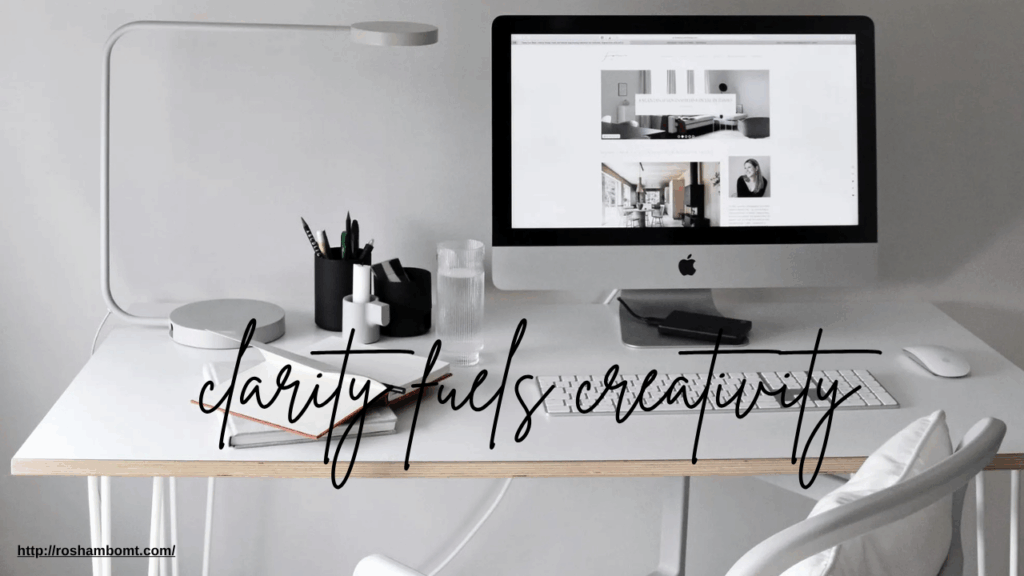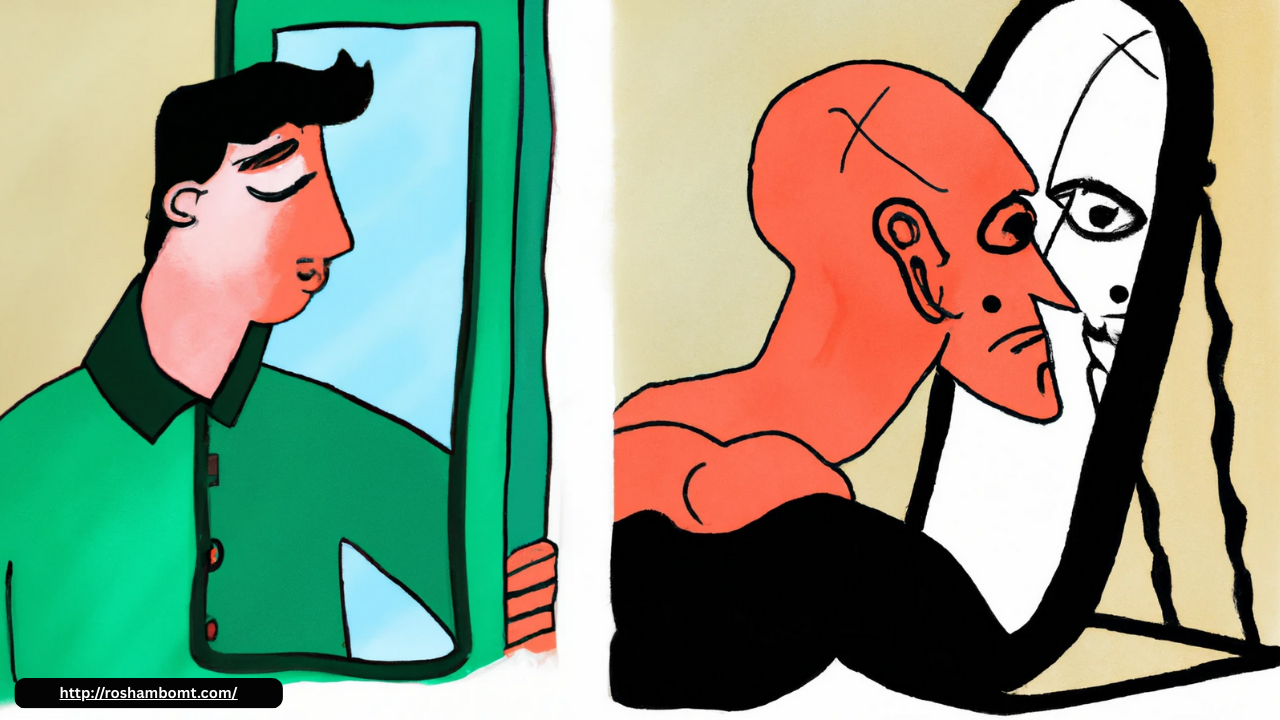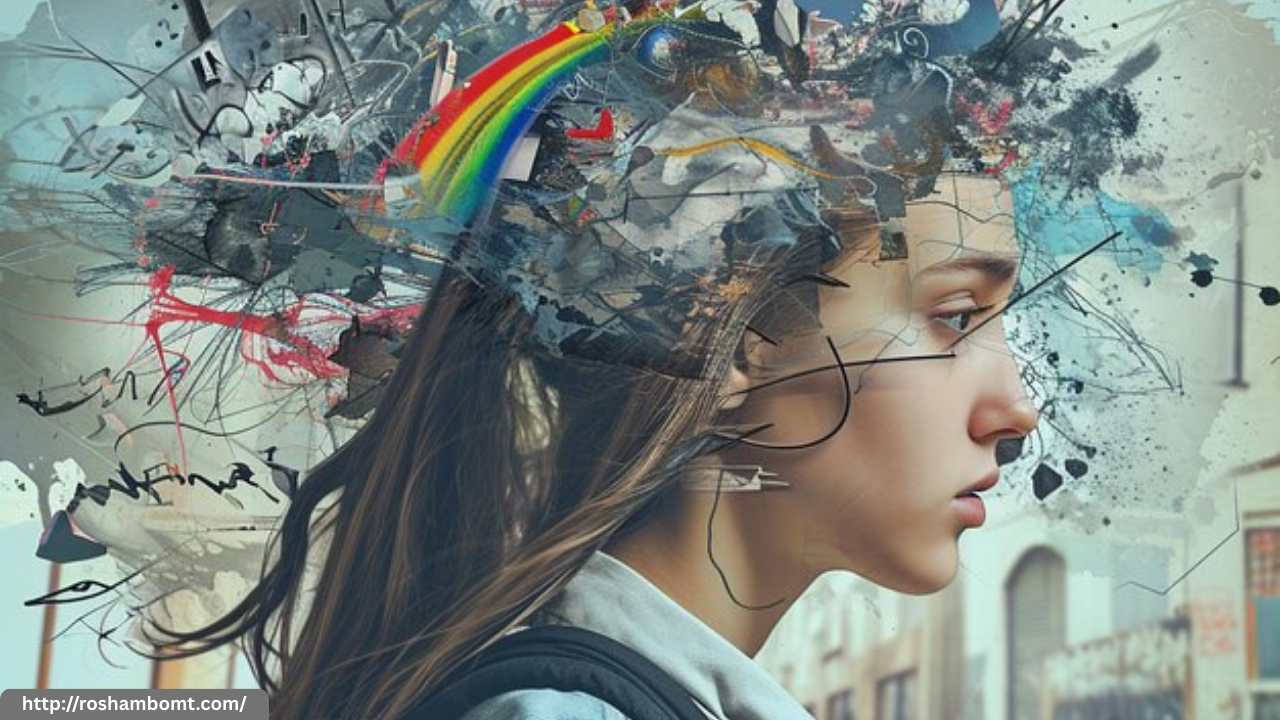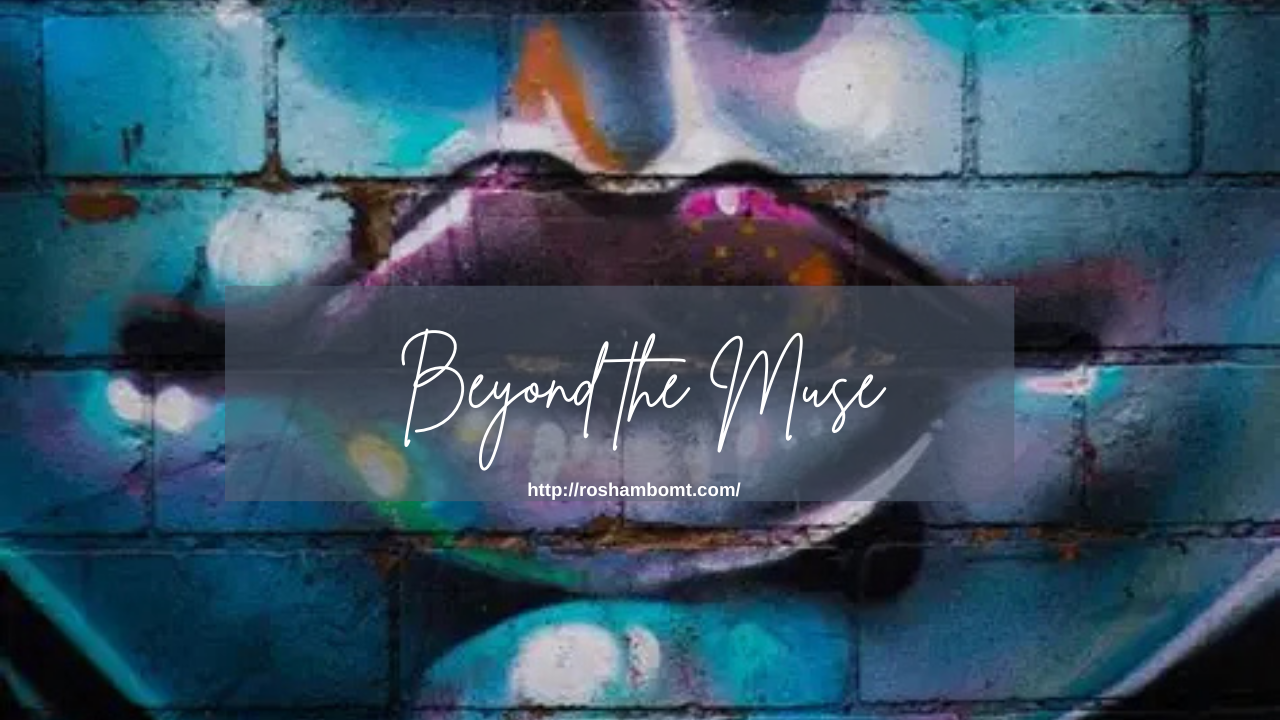 When we think of artists, we often imagine bursts of inspiration, late-night creativity, and free-flowing expression. But behind every masterpiece is discipline and structure. The same is true for recovery. Whether you are navigating addiction treatment, mental health challenges, or holistic healing, success does not come only from inspiration. It comes from building a balanced routine that creates stability and room for growth.
When we think of artists, we often imagine bursts of inspiration, late-night creativity, and free-flowing expression. But behind every masterpiece is discipline and structure. The same is true for recovery. Whether you are navigating addiction treatment, mental health challenges, or holistic healing, success does not come only from inspiration. It comes from building a balanced routine that creates stability and room for growth.
Why Structure Matters in Creativity and Recovery
Creativity thrives when it has space to grow, and structure provides that foundation. In recovery, structure offers clarity and consistency. It ensures that therapy appointments are attended, medications are managed, and healthy coping strategies are practiced daily.
Artists may appear to live in chaos, but many rely on carefully planned routines to stay focused and productive. Recovery requires the same approach. When days are organized with intention, both healing and creativity can flourish.
The Core Elements of a Structured Day
Setting Priorities with Purpose
In both art and recovery, setting priorities is essential. For someone in addiction treatment, that might mean placing therapy sessions, group support, and self-care above other commitments. For an artist, it could mean blocking off time to create without distractions. When priorities are clear, energy is not wasted, and progress becomes visible.
The Power of Routine
A healthy routine does not restrict freedom. Instead, it creates stability that allows healing and inspiration to flow. This might include:
-
Morning reflection, prayer, or meditation to start the day with focus.
-
Regular meals and hydration to support both physical health and mental clarity.
-
Scheduled blocks of time for creativity, therapy, and rest.
These small habits provide grounding and help both recovery and artistic goals stay on track.
Balancing Work and Rest
Burnout affects both artists and those in recovery. Just as an artist cannot paint endlessly without pause, recovery requires intentional rest. Building in downtime is not a sign of weakness. It is a key part of sustaining long-term healing and growth.
Inspiration Within Discipline
Overcoming Blocks and Challenges
Both creativity and recovery include moments of struggle. Artists face creative blocks, while those in recovery may experience cravings or emotional lows. Discipline helps bridge those moments. Returning to routines, leaning on community, or practicing mindfulness can keep progress moving forward, even when motivation feels distant.
Community as a Source of Strength
Artists often thrive in supportive communities, whether in studios or collaborative spaces. Similarly, recovery is strengthened by connection. Group therapy, faith-based fellowship, and peer encouragement all provide accountability and inspiration. Sharing the journey with others makes discipline less of a burden and more of a shared commitment.
Finding Freedom in Structure
The myth of the muse suggests that inspiration alone drives creativity. In reality, both art and recovery require structure, discipline, and balance. When individuals commit to daily routines, honor priorities, and lean into supportive communities, they discover freedom on the other side of discipline.
At Roshambo, we understand that recovery is about more than overcoming addiction. It is about building a life of stability, creativity, and purpose. If you or a loved one are seeking compassionate, individualized care—whether inpatient, outpatient, holistic, or faith-based—we are here to help. Reach out today and take the next step toward a structured, meaningful, and inspired life.
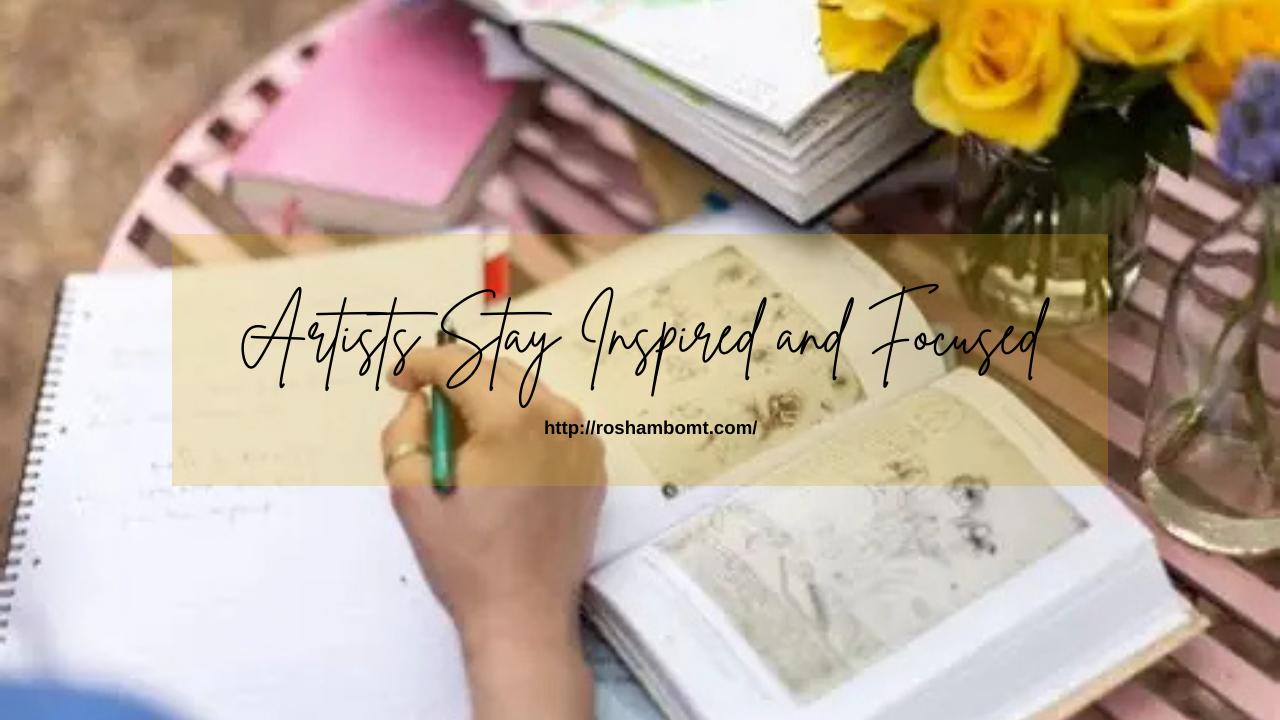 Staying inspired and disciplined is not just a challenge for artists. It is also a vital part of anyone working toward recovery and healing. For individuals navigating addiction recovery, mental health treatment, or holistic care, the daily practice of discipline and creativity often go hand in hand. Just like artists must show up to the canvas even when inspiration feels distant, people in recovery learn to build structure, create routines, and find purpose in every day.
Staying inspired and disciplined is not just a challenge for artists. It is also a vital part of anyone working toward recovery and healing. For individuals navigating addiction recovery, mental health treatment, or holistic care, the daily practice of discipline and creativity often go hand in hand. Just like artists must show up to the canvas even when inspiration feels distant, people in recovery learn to build structure, create routines, and find purpose in every day. Being an artist in recovery often means juggling creative passion with the demands of healing, treatment, and rebuilding. Whether you are in inpatient or outpatient care, part of a holistic or faith-based program, or receiving mental health support, finding a balance between inspiration and structure is key. With intentional time management, artists can nurture both their creative spirit and their recovery journey in parallel.
Being an artist in recovery often means juggling creative passion with the demands of healing, treatment, and rebuilding. Whether you are in inpatient or outpatient care, part of a holistic or faith-based program, or receiving mental health support, finding a balance between inspiration and structure is key. With intentional time management, artists can nurture both their creative spirit and their recovery journey in parallel.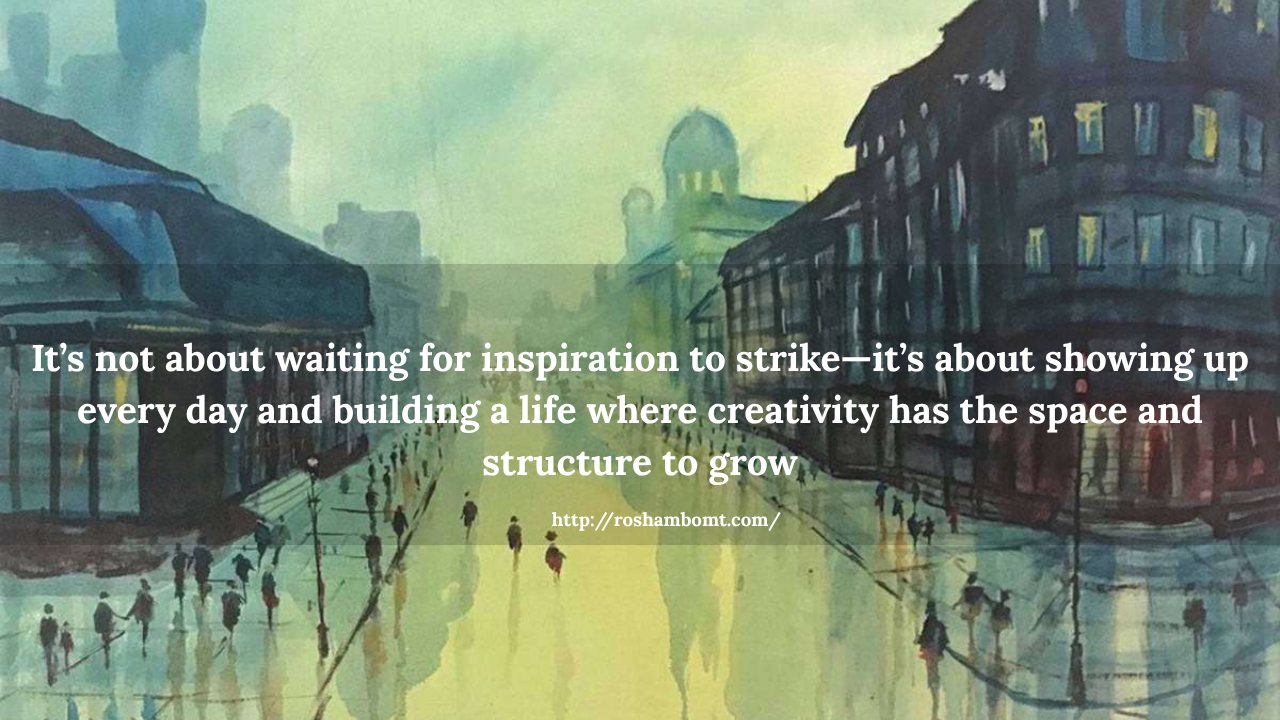 The image of an artist waiting for inspiration to strike before diving into their craft is a common romanticized stereotype. But for many modern artists, creativity isn’t just a fleeting moment of genius—it’s a daily practice, carefully cultivated through routine, intention, and discipline. While their lives may still hold spontaneous bursts of inspiration, it’s the structure around those moments that allows creative ideas to truly flourish.
The image of an artist waiting for inspiration to strike before diving into their craft is a common romanticized stereotype. But for many modern artists, creativity isn’t just a fleeting moment of genius—it’s a daily practice, carefully cultivated through routine, intention, and discipline. While their lives may still hold spontaneous bursts of inspiration, it’s the structure around those moments that allows creative ideas to truly flourish.

